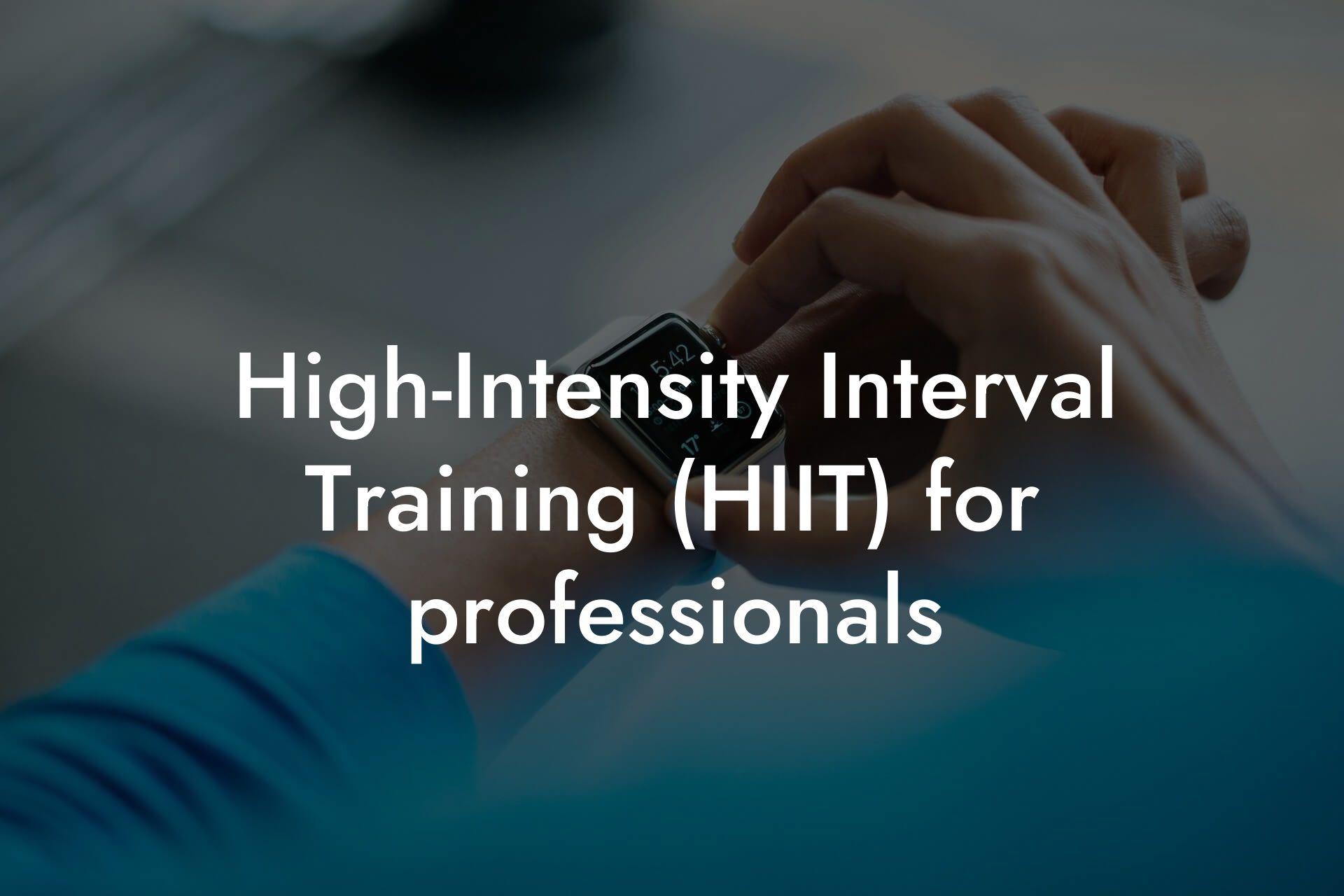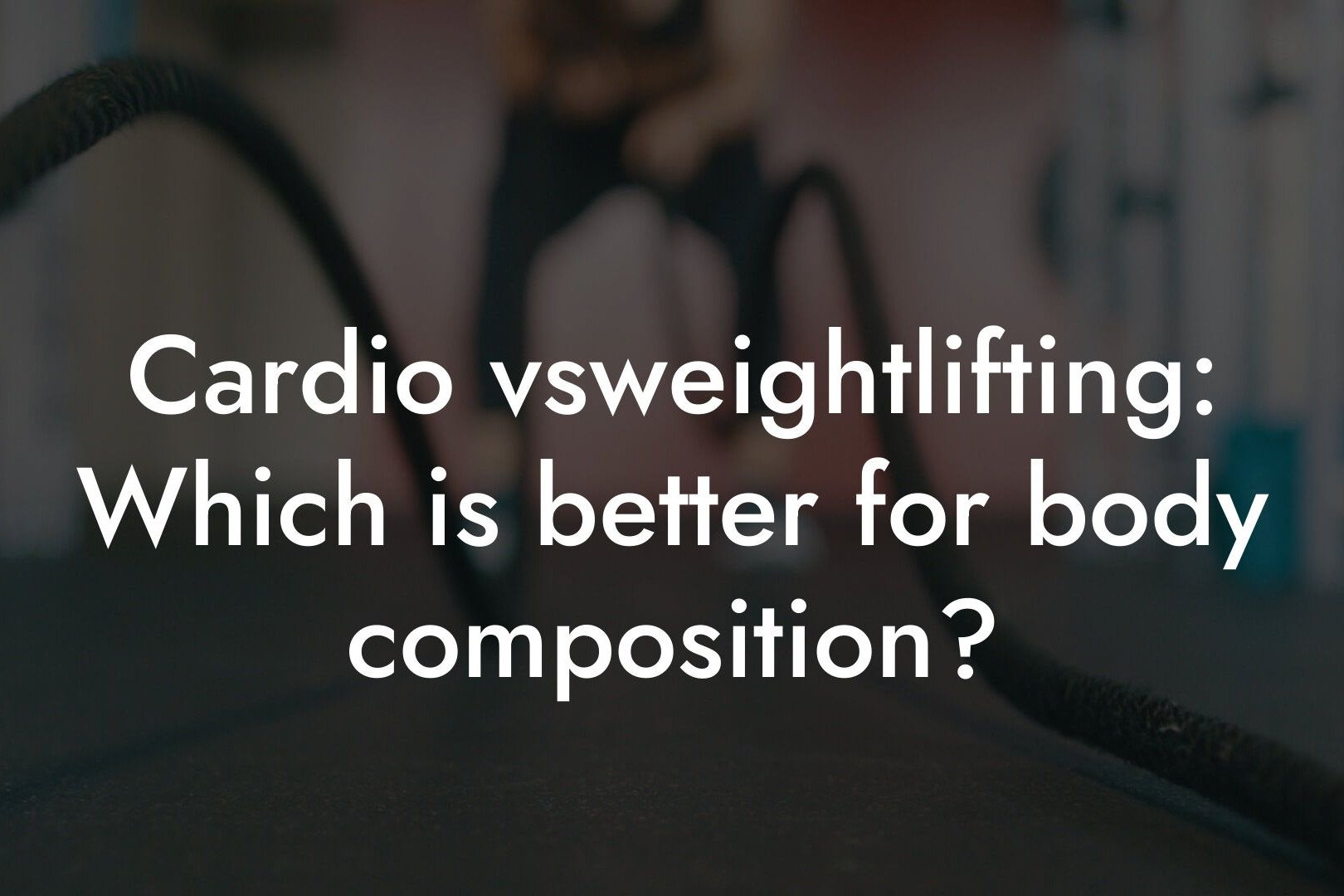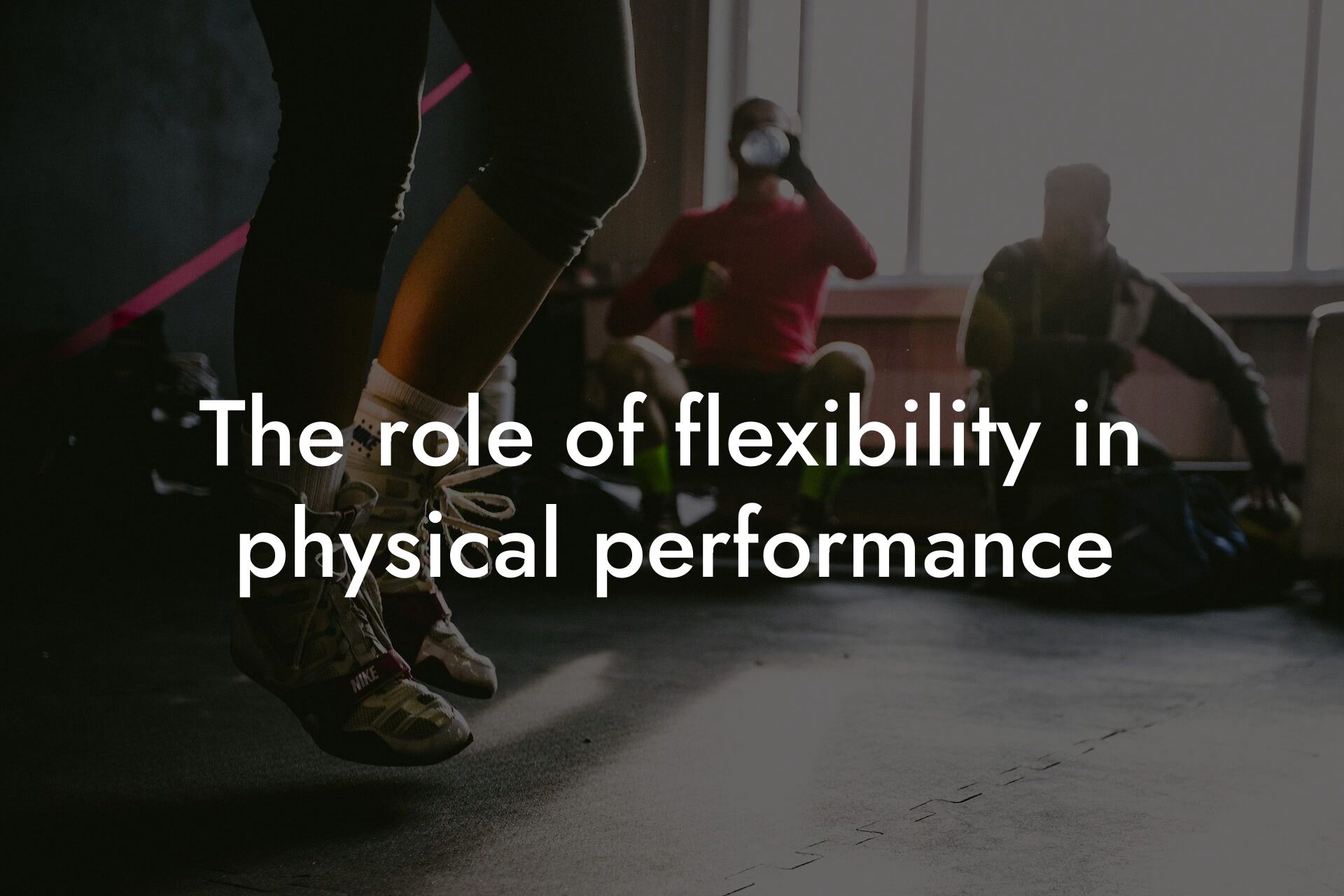As high-earning professionals, taking care of your physical appearance and overall health is crucial for maintaining a competitive edge in your industry. One crucial aspect of overall health is bone density, which can have a significant impact on your quality of life as you age. Yoga, a popular form of exercise, has been shown to have numerous benefits for bone density, making it an excellent addition to your fitness routine. In this article, we'll delve into the world of yoga and its benefits for bone density, providing you with a comprehensive guide to get you started.
Table of Contents
- What is Bone Density, and Why is it Important?
- The Science Behind Yoga and Bone Density
- Which Yoga Styles are Best for Bone Density?
- How to Get Started with Yoga for Bone Density
- Combining Yoga with DEXA Scans for Optimal Results
- Common Misconceptions About Yoga and Bone Density
- Frequently Asked Questions
What is Bone Density, and Why is it Important?
Bone density refers to the amount of minerals, such as calcium and phosphorus, present in your bones. Having strong, dense bones is essential for supporting your body's structure and preventing fractures. As we age, our bone density naturally decreases, leading to conditions like osteoporosis, osteopenia, and increased risk of fractures. Maintaining healthy bone density is critical for preventing these issues and ensuring a high quality of life.
The Science Behind Yoga and Bone Density
Yoga has been practiced for centuries, and its benefits extend far beyond flexibility and stress relief. Research has shown that yoga can have a significant impact on bone density, particularly in older adults. A study published in the Journal of Osteoporosis found that yoga practitioners had higher bone density in their hips and spine compared to non-practitioners. Another study published in the Journal of Aging and Physical Activity found that yoga improved bone density in postmenopausal women.
So, how does yoga affect bone density? There are several ways in which yoga can benefit bone health:
- Weight-bearing exercises: Many yoga poses, such as downward-facing dog and warrior II, require you to bear weight on your bones, which helps to stimulate bone growth and density.
- Increased muscle mass: Yoga helps to build muscle mass, which is essential for supporting bone health. As muscle mass increases, so does bone density.
- Improved balance and coordination: Yoga helps to improve balance and coordination, reducing the risk of falls and fractures.
- Reduced inflammation: Yoga has anti-inflammatory properties, which can help to reduce inflammation in the body, a known contributor to bone loss.
Which Yoga Styles are Best for Bone Density?
While all yoga styles can be beneficial for bone density, some are more effective than others. Here are a few styles that are particularly well-suited for improving bone density:
- Hatha Yoga: This traditional style of yoga focuses on physical postures (asanas) and breathing techniques (pranayama), making it an excellent choice for building strength and improving bone density.
- Vinyasa Yoga: This flowing style of yoga links movement with breath, helping to build strength, flexibility, and balance.
- Restorative Yoga: This gentle style of yoga focuses on relaxation and rejuvenation, helping to reduce inflammation and promote bone health.
- Yin Yoga: This slow-paced, meditative style of yoga targets the deeper tissues of the body, including the bones, helping to promote bone growth and density.
How to Get Started with Yoga for Bone Density
If you're new to yoga, getting started can seem intimidating. Here are a few tips to help you get started:
- Find a qualified instructor: Look for a yoga instructor who has experience teaching yoga for bone density or working with older adults.
- Start slow: Begin with gentle, beginner-friendly classes and gradually increase the intensity as you become more comfortable.
- Focus on alignment: Proper alignment is crucial for getting the most out of your yoga practice and preventing injuries.
- Practice regularly: Aim to practice yoga at least 2-3 times per week, ideally 4-5 times per week for optimal benefits.
Combining Yoga with DEXA Scans for Optimal Results
At Tano Performance Group, we understand the importance of tracking your progress and making data-driven decisions about your fitness routine. That's why we recommend combining yoga with regular DEXA scans to monitor your bone density and track the effectiveness of your yoga practice. Our state-of-the-art DEXA machine provides a comprehensive body assessment, giving you a clear picture of your bone density, body fat percentage, and overall physique.
Common Misconceptions About Yoga and Bone Density
There are several common misconceptions about yoga and bone density that may be holding you back from incorporating yoga into your fitness routine. Here are a few myths debunked:
- Myth: Yoga is only for flexibility and stress relief. Reality: Yoga has numerous benefits for bone density, muscle mass, and overall health.
- Myth: Yoga is too gentle to be effective for bone density. Reality: While yoga can be gentle, it can also be incredibly challenging and effective for building strength and improving bone density.
- Myth: I'm too old to start yoga. Reality: Yoga is accessible to people of all ages, and its benefits can be experienced at any stage of life.
In conclusion, yoga is a powerful tool for improving bone density and overall health. By incorporating yoga into your fitness routine and tracking your progress with regular DEXA scans, you can take control of your bone health and maintain a high quality of life. Remember to start slow, focus on alignment, and practice regularly to get the most out of your yoga practice. With patience, dedication, and the right guidance, you can achieve optimal bone density and unlock your full potential.
Frequently Asked Questions
What is bone density and why is it important?
Bone density refers to the measure of how dense and strong your bones are. It's an important indicator of your overall bone health, as low bone density can increase the risk of osteoporosis, fractures, and other bone-related disorders. As high-earning professionals, maintaining strong bones is crucial for maintaining an active lifestyle and preventing injuries.
How does yoga impact bone density?
Yoga has been shown to have a positive impact on bone density by increasing it and reducing the risk of osteoporosis. This is because yoga incorporates weight-bearing exercises, which stimulate bone growth and density. Additionally, yoga helps improve balance, flexibility, and posture, reducing the risk of falls and fractures.
What are the specific yoga poses that can help improve bone density?
Certain yoga poses, such as Tree Pose, Eagle Pose, and Warrior Pose, are particularly beneficial for improving bone density. These poses involve weight-bearing exercises that target the hips, spine, and legs, which are common areas prone to osteoporosis. Additionally, poses that involve twisting and bending, such as Triangle Pose and Side Angle Pose, can also help improve bone density.
How often should I practice yoga to see improvements in bone density?
It's recommended to practice yoga at least 2-3 times a week, with a minimum of 30 minutes per session, to see improvements in bone density. Consistency is key, so aim to make yoga a regular part of your exercise routine.
Can yoga replace traditional exercise for bone density improvement?
While yoga can be a valuable addition to your exercise routine for improving bone density, it should not replace traditional exercise entirely. A well-rounded exercise routine that includes a combination of weight-bearing exercises, cardio, and strength training is still essential for overall bone health.
Are there any specific yoga styles that are more beneficial for bone density?
While all yoga styles can be beneficial for bone density, some styles may be more effective than others. For example, Vinyasa Flow and Ashtanga yoga styles, which involve more dynamic movements and weight-bearing exercises, may be more beneficial than restorative or yin yoga styles.
Can yoga help with osteoporosis?
Yes, yoga can be a valuable tool in managing osteoporosis. By improving bone density, yoga can help reduce the risk of fractures and other osteoporosis-related complications. Additionally, yoga can help improve balance, flexibility, and posture, reducing the risk of falls and fractures.
Is yoga suitable for people with osteoporosis?
Yes, yoga can be modified to suit people with osteoporosis. It's essential to work with a qualified yoga instructor who can tailor the practice to your individual needs and abilities. Additionally, it's crucial to listen to your body and avoid any poses that cause discomfort or pain.
Can yoga help with bone loss due to menopause?
Yes, yoga can help mitigate bone loss due to menopause. During menopause, the decline in estrogen levels can lead to rapid bone loss. Yoga can help improve bone density and reduce the risk of osteoporosis, making it an excellent addition to a menopause management plan.
How does yoga compare to other exercises for bone density improvement?
Yoga is a low-impact exercise that can be just as effective as high-impact exercises, such as running or jumping, for improving bone density. Additionally, yoga offers the added benefits of improved flexibility, balance, and posture, making it an excellent choice for overall bone health.
Can yoga be done at home for bone density improvement?
Yes, yoga can be done at home for bone density improvement. However, it's essential to follow a well-structured practice and to listen to your body. You can find yoga classes online or work with a private instructor to develop a home practice that suits your needs.
How long does it take to see improvements in bone density with yoga?
It can take several months to a year or more to see significant improvements in bone density with yoga. Consistency and patience are key, as bone density improvements occur gradually over time.
Are there any contraindications for yoga and bone density?
Yes, there are certain contraindications for yoga and bone density. For example, people with severe osteoporosis or recent fractures should avoid certain yoga poses that may exacerbate the condition. It's essential to work with a qualified yoga instructor who can modify the practice to suit your individual needs and abilities.
Can yoga be combined with other exercises for bone density improvement?
Yes, yoga can be combined with other exercises for bone density improvement. In fact, a well-rounded exercise routine that includes a combination of yoga, weight-bearing exercises, cardio, and strength training can be highly effective for improving bone density.
How does yoga impact other aspects of overall health?
Yoga has a wide range of benefits that extend beyond bone density improvement. It can help reduce stress, improve sleep, increase flexibility, and enhance overall physical and mental well-being.
Can yoga be adapted for different age groups and fitness levels?
Yes, yoga can be adapted for different age groups and fitness levels. Whether you're a young professional or a retiree, yoga can be modified to suit your individual needs and abilities. It's essential to work with a qualified yoga instructor who can tailor the practice to your unique requirements.
What are the benefits of yoga for high-earning professionals?
Yoga offers a range of benefits that are particularly relevant for high-earning professionals, including improved physical appearance, increased energy levels, enhanced mental clarity, and reduced stress. By incorporating yoga into your exercise routine, you can improve your overall health and well-being, leading to increased productivity and success in your professional life.
How can I incorporate yoga into my busy schedule?
Incorporating yoga into your busy schedule can be challenging, but there are several strategies that can help. Try waking up earlier to practice yoga, scheduling yoga sessions into your daily planner, or finding online yoga classes that can be done at your convenience.
What are the benefits of yoga for body fat and physique?
Yoga can help improve body composition by increasing muscle mass and reducing body fat. Additionally, yoga can help improve posture, flexibility, and balance, leading to a more toned and athletic physique.
Can yoga be used as a form of stress relief?
Yes, yoga is an excellent form of stress relief. By combining physical postures, breathing techniques, and meditation, yoga can help reduce stress and anxiety, leading to improved overall health and well-being.
How does yoga impact mental health?
Yoga has a profound impact on mental health, reducing symptoms of anxiety and depression, improving mood, and enhancing overall mental well-being. By incorporating yoga into your exercise routine, you can improve your mental health and reduce the risk of mental health disorders.
Here are some related articles you might love...
- High-Intensity Interval Training (HIIT) for professionals
- Cardio vs weightlifting: Which is better for body composition?
- The role of flexibility in physical performance
- How to track your fitness progress
- How to avoid injury during workouts
- Strength training for muscle gain and fat loss
- Group fitness vs personal training: What’s right for you?
- Effective workout routines for busy schedules
- Importance of recovery and rest days
Zak Faulkner
Zak Faulkner is a leading authority in the realm of physical health and body composition analysis, with over 15 years of experience helping professionals optimise their fitness and well-being. As one the experts behind Tano Performance Group, Zak has dedicated his career to providing in-depth, science-backed insights that empower clients to elevate their physical performance and overall health.
With extensive knowledge of DEXA technology, Zak specializes in delivering comprehensive body assessments that offer precise data on body fat, muscle mass, bone density, and overall physique. His expertise enables individuals to make informed decisions and achieve their fitness goals with accuracy and confidence. Zak’s approach is rooted in a deep understanding of human physiology, combined with a passion for helping clients unlock their full potential through personalised strategies.
Over the years, Zak has earned a reputation for his commitment to excellence, precision, and client-focused service. His guidance is trusted by top professionals who demand the best when it comes to their health. Whether advising on fitness programs, nutritional strategies, or long-term wellness plans, Zak Faulkner’s insights are a valuable resource for anyone serious about taking their health and fitness to the next level.
At Tano Performance Group, Zak continues to lead our Content Team revolutionising how professionals approach their physical health, offering unparalleled expertise that drives real results.




